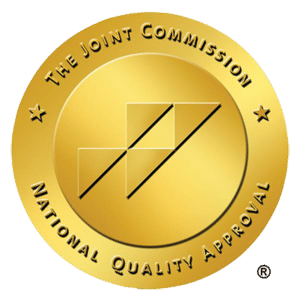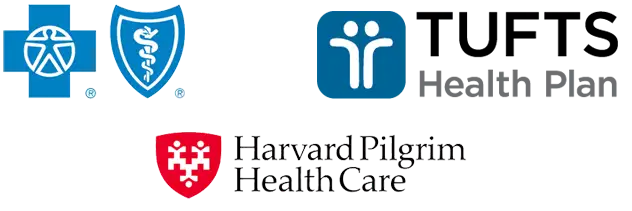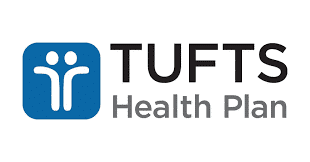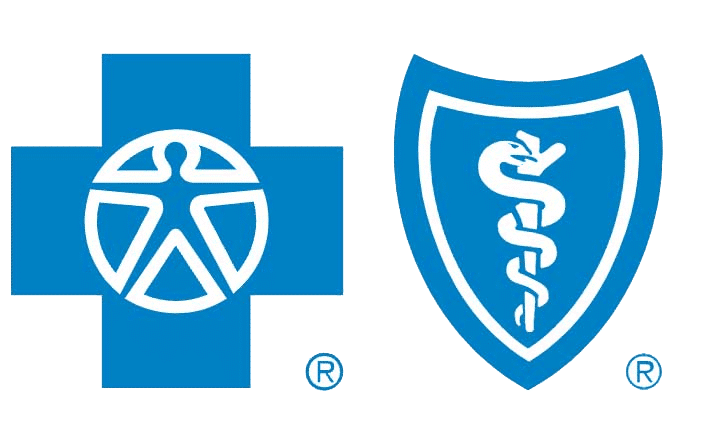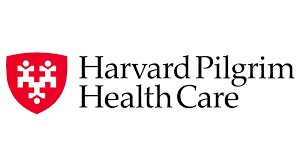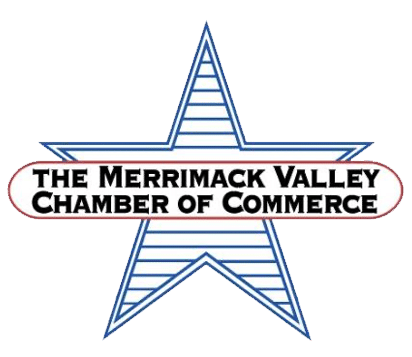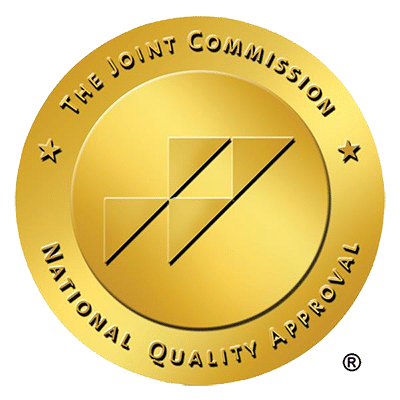The key to preventing opioid addiction starts with being informed. If you’re seeking concrete steps on how to prevent opioid addiction, this article is for you. Without unnecessary complexity or alarm, we’ll guide you through essential strategies—ranging from safer prescribing practices to recognizing addiction risk factors. Prevent addiction before it starts by understanding and applying these methods.
Key Takeaways
- Opioid addiction is a chronic brain disease influenced by opioids enhancing dopamine release, with consequences extending beyond individuals to society, and understanding the science and signs of addiction is critical to prevention.
- Safer pain management practices, including non-opioid pain relief options, adherence to prescribing guidelines, and effective patient-provider communication, can reduce the risks of opioid abuse and misuse.
- Healthcare provider training, Prescription Monitoring Programs, family and community support systems, government regulations, and personal responsibility are key elements in combating opioid misuse and fostering recovery.
Understanding Opioid Addiction and Its Impact
Opioid addiction is a complex beast. It is a chronic brain disease, and like any disease, it can lead to severe consequences, including overdose and death. The science of addiction is rooted in our brain’s wiring, where opioids enhance dopamine release, overwhelming the pleasure circuit and leading to addiction.
This repeated opioid use increases dopamine levels beyond natural rewards’ capability, causing the brain to become less sensitive to dopamine and necessitating higher opioid usage for the same pleasure. The impact goes beyond the individual, echoing through families, communities, and society as a whole.
The Science of Opioid Addiction
Opioids are highly addictive as they activate powerful reward centers in the brain, leading to increased cravings for more. This is due to the way they trigger the body’s desire for further doses. Over time, repeated use can lead to:
- Tolerance, where the body produces fewer endorphins, diminishing the opioids’ effect
- Seeking higher doses
- Experiencing withdrawal symptoms
- Potentially turning to illegal means or substances like heroin to obtain opioids.
It’s a slippery slope and understanding this is crucial in preventing opioid misuse.
Recognizing the Signs of Addiction
Recognizing the signs of opioid addiction is the first step towards prevention. Physical signs can include noticeable weight loss, marks on the skin indicating needle use, and deterioration in personal grooming or physical appearance. But addiction isn’t just physical. Behavioral changes, such as increased secrecy or deception, declining performance at work or school, and social withdrawal, can also signify addiction.
By staying vigilant and informed, we can better identify and intervene in potential cases of addiction.
The Cost of Addiction
The cost of drug addiction is staggering. An estimated 3% to 19% of people who take prescription opioids develop an addiction, and about 45% of heroin users started with prescription opioid addiction. This translates to countless lives disrupted, relationships strained, and potential unfulfilled.
It’s a cost that we cannot afford to ignore.
Adopting Safer Pain Management Practices
While opioids can be effective for managing severe pain, they aren’t the only option. Safer pain management practices involve using non-opioid medications, following best practices for opioid prescribing, and improving patient-provider communication.
This approach can help reduce reliance on opioids, mitigating the risks of opioid abuse, misuse, and addiction.
Non-Opioid Pain Relief Options
Non-opioid medications and complementary therapies offer alternatives for managing pain. Some options include:
- Over-the-counter options like acetaminophen and non-steroidal anti-inflammatory drugs
- Therapies such as acupuncture, massage, and physical therapy
- Dietary changes and weight loss
These non-pharmacological avenues can provide effective pain relief, depending on the type of pain.
By considering a broad range of treatments, we can focus on optimizing patient function and quality of life while minimizing opioid use.
Best Practices for Opioid Prescribing
When opioids are necessary, responsible prescribing is key. The CDC guidelines for prescribed opioids suggest the following:
- Avoid rigid dosing thresholds
- Caution against increasing dosages that do not proportionally increase benefits compared to risks
- Practice patient-centered prescribing, which involves understanding the patient’s pain and reflecting their values and preferences
- Check Prescription Drug Monitoring Programs (PDMP) before prescribing opioids to ensure patient safety and prevent overdoses.
Patient-Provider Communication
Effective patient-provider communication is key in opioid misuse prevention. It can lead to less intense pain, higher satisfaction with treatment, and an improved overall quality of life. Before deciding on any pain management strategy, a thorough discussion is vital to ensure the benefits outweigh the risks. While time constraints, complex medical jargon, and cultural or language barriers can hinder communication, fostering an environment that encourages patient expression and providing adequate consultation time can improve it.
Telemedicine solutions can also play a role in enhancing communication.
Want to Learn More about Opioid Addiction?
Our addiction recovery team is here 24/7 to answer your questions or to get you help.
Preventive Measures in Healthcare Settings
Health care providers play a crucial role in preventing opioid misuse. Regular education and training for healthcare providers can help them understand and implement guidelines for responsible opioid prescribing. Furthermore, policies that prioritize non-opioid interventions can significantly prevent opioid misuse.
Combined with clear and open communication between patients and healthcare providers, and comprehensive treatment plans that include:
- monitoring of opioid use
- regular check-ins with healthcare providers
- alternative pain management strategies
- education on the risks and potential side effects of opioids
Implementing these measures can make a significant difference in preventing substance misuse, drug abuse, addiction, and contributing to disease control and overall reduction of substance misuse.
Prescription Monitoring Programs
Prescription Monitoring Programs (PMPs) track the prescribing and dispensing of controlled prescription drugs, including opioids, to patients. These electronic databases collect data on controlled substance prescriptions, providing healthcare providers with vital information on a patient’s prescription history across different clinicians.
While their success varies, states like New York have seen significant reductions in opioid distribution due to these programs.
SAMHSA’s National Helpline and Other Support Resources
SAMHSA’s National Helpline provides a confidential, free, 24-hour-a-day, 365-day-a-year information service for individuals and family members facing mental and/or substance use disorders. It offers:
- Information and referrals for treatment of substance use disorders
- Referrals to local treatment facilities
- Support groups
- Community-based organizations
Other resources, such as Nar-Anon, Smart Recovery Family & Friends, and Learn to Cope, are also available to aid families in improving mental health and providing naloxone administration training.
Education and Training for Providers
Ongoing education and training for healthcare providers is crucial in opioid misuse prevention. Various programs deliver this education, which may include alternative pain management methods. Education can also help reduce occurrences of untreated or undertreated pain, which can result from clinician biases and disparities in pain management.
Resources like the Substance Abuse and Mental Health Services Administration’s toolkit offer additional support, providing resources and guidelines for individuals and healthcare professionals.
Community and Family Prevention Efforts
Communities and families play a crucial role in preventing opioid addiction and providing support to those at risk. From open discussions about the dangers of substance abuse to establishing clear anti-drug use policies, families can create a recovery-conducive home environment.
Similarly, communities can engage in awareness campaigns, offer support groups, and provide resources to those affected.
Building Awareness and Reducing Stigma
Community organizations can shift public attitudes towards substance use disorders to mitigate the stigma. From Recovery Reinvented to The Opioid Project, various initiatives engage communities and promote stigma reduction.
Sharing personal stories of recovery and emphasizing the medical nature of addiction can foster a more understanding and supportive community environment.
Safe Storage and Disposal of Medications
Safe storage and disposal of medications is a simple but crucial step in preventing opioid misuse. Storing prescription opioids securely prevents unauthorized access, and disposing of unused opioids properly, such as through official take-back programs and medication drop boxes, prevents diversion or accidental ingestion.
Support Systems and Intervention
Family members and significant others can enhance the success of treatment for individuals with opioid use disorder by being involved. Family-based treatments that include the participation of family members have shown evidence of improving engagement and success in dealing with opioid use disorder.
By maintaining open communication, providing a stable home environment, and being ready to intervene early on, families can play a pivotal role in prevention and reduce exposure to potential risks.

Policies and Programs to Curb Opioid Misuse
Government initiatives are central to the prevention of opioid misuse. From formulary management in insurance programs to educating providers on prescribing guidelines, policies and programs play a key role in curbing misuse.
Public awareness campaigns, such as those initiated by governments, highlight the risks associated with opioid use and reinforce the importance of responsible use.
State and Federal Regulations
State and federal regulations control the distribution and use of prescription opioids. From New York’s mandate requiring prescribers to offer an opioid antagonist with the first opioid prescription each year for patients showing certain risk factors, to limiting the initial opioid prescription for acute pain to a seven-day supply, regulations have been put in place to mitigate misuse.
School-Based Prevention Programs for Young People
Prevention starts with education. School-based programs have been implemented to educate children and adolescents about the dangers of opioid misuse and addiction. By targeting young people, these programs aim to prevent the onset of drug use and cultivate a generation aware of the risks associated with opioid misuse.
Recovery and Rehabilitation Services
Recovery and rehabilitation services provide support for individuals with opioid use disorder. Medication-based treatments, often in combination with counseling, are considered the most effective.
From medication-assisted treatment to counseling, these services offer a lifeline to those recovering from opioid use disorder.
If you are looking for opioid rehab in MA then we are happy to help here at Topsail.
Personal Responsibility and Lifestyle Changes
Prevention also comes down to personal responsibility and lifestyle changes. Practicing mindfulness, adopting healthy habits, and understanding risk factors for opioid addiction are all within individual control and can significantly impact opioid misuse prevention.
Mindfulness and Stress Management
Mindfulness meditation and stress management offer powerful tools for managing pain without reliance on opioids. Techniques such as the body scan exercise can help in managing pain through nonjudgmental observation of sensations and reduce the need for opioid medication.
Integrating self-care techniques and therapy into a pain management plan may decrease dependency on prescription medication.
Healthy Habits and Alternative Therapies
Healthy habits play a crucial role in pain management. Regular physical activity improves physical health, increases pain tolerance, and reduces chronic pain. Dietary changes can also enhance pain relief.
Alternative therapies, such as acupuncture and chiropractic care, provide relief for chronic pain without the risks associated with opioid use.
Recognizing and Addressing Risk Factors
Understanding personal risk factors is crucial for preventing opioid use disorder. Genetic and environmental factors, such as exposure to trauma or ease of access, contribute to the risk of developing opioid use disorder. By recognizing these risks, individuals can tailor their prevention strategies and avoid misuse.
As we’ve seen, opioid misuse prevention is a multifaceted issue that involves understanding the science of addiction, practicing safer pain management, implementing preventive measures in healthcare settings, and fostering community and family prevention efforts. It also calls for policies and programs to curb misuse, as well as personal responsibility and lifestyle changes. By embracing these strategies, we can make strides in preventing opioid misuse and its devastating consequences.
Frequently Asked Questions
What are some non-opioid alternatives for pain management?
Consider non-opioid alternatives such as acupuncture, massage, physical therapy, and non-pharmacological treatments for pain management. Dietary changes and regular physical activity can also aid in pain relief.
What is the role of Prescription Monitoring Programs in opioid misuse prevention?
Prescription Monitoring Programs track the prescribing and dispensing of controlled prescription drugs, including opioids, to provide healthcare providers with vital information on a patient’s prescription history, aiding in opioid misuse prevention.
How can communities and families contribute to opioid misuse prevention?
Communities and families can contribute to opioid misuse prevention by building awareness, reducing stigma, ensuring safe storage and disposal of medications, and providing support systems and intervention. These efforts play a crucial role in preventing opioid misuse in our communities.
What personal lifestyle changes can help in preventing opioid misuse?
Making lifestyle changes such as practicing mindfulness, regular physical activity, and healthy eating, along with understanding personal risk factors for opioid addiction, can help prevent misuse. These changes can have a significant impact on prevention efforts.
Related Posts

The Stages of Crack Addiction: Understanding the Progression
Are you trying to understand the stages of crack addiction? This article outlines the progression from initial experimentation to the devastating impact of full-blown addiction.

The Signs of Crack Addiction: Key Symptoms to Watch For
Spotting the signs of crack addiction early can be lifesaving. Rapid weight loss, behavioral shifts, and psychological disturbances are warning signals. This guide directly addresses

Managing Crack Addiction Withdrawal: Symptoms & Timelines
What does crack addiction withdrawal really look like and how can you manage it? When confronting withdrawal, it’s crucial to grasp the intensity of symptoms,

How to Treat Marijuana Addiction Effectively: Beat The Habit
Seeking how to treat marijuana addiction? This straightforward guide outlines step-by-step methods to break free from marijuana’s grip. Simplifying the science, we address the core

A Step-by-Step Guide on How to Overcome Crack Addiction
Navigating the turbulent waters of crack addiction recovery may seem daunting, but you’re not alone. In learning how to overcome crack addiction, knowing what to

Critical Signs of Meth Addiction: Symptoms & Support Options
Wondering what are the warning signs of meth addiction? Early detection can be lifesaving. From drastic behavioral swings to ‘meth mouth,’ these symptoms are alarming
